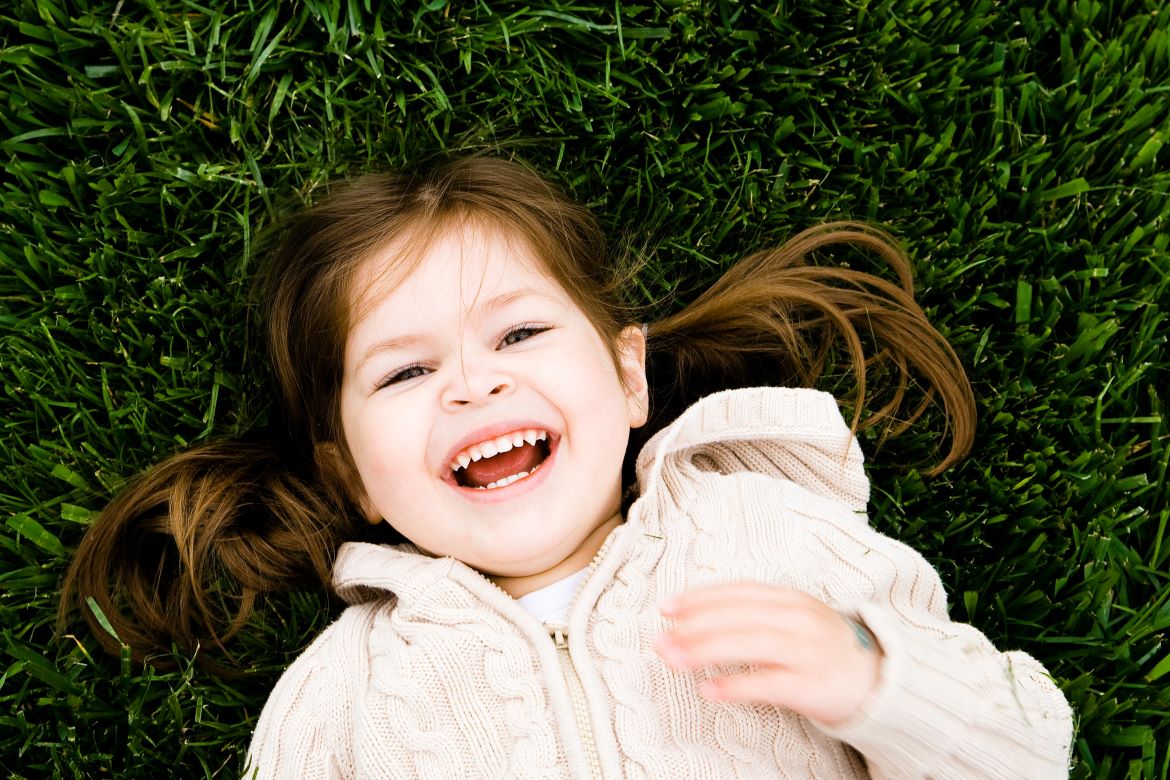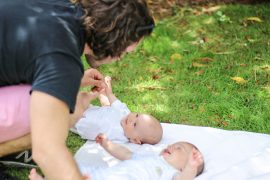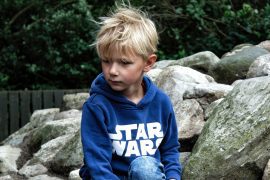By Sarah R. Moore
Breathing exercises for kids sound like a great idea, don’t they? They’re calming and grounding, and help our children find inner peace. Sounds great on paper. However, if we’re raising ACTUAL children, we know most kids want nothing to do with “breathing exercises”. They’d rather be playing than grounding themselves through breathwork. That sounds like something adults do, like paying taxes and washing dishes.
Frankly, who can blame them? Breathing exercises are not inherently fun. They don’t sound playful, and if anything, they sound like something else adults want children to do. In this excerpt from the #1 best-selling New Release for School-Age Children, Peaceful Discipline: Story Teaching, Brain Science & Better Behavior, here’s another approach that encourages children to find their calming space through the power of the breath-and I daresay they may find it engaging.
Here’s the excerpt:
As we know from research, breathwork can be incredibly calming for the nervous system. The tricky part is, however, that if you advise a screaming child to “take a deep breath,” you might as well tell the sun not to shine. Kids in a state of heightened dysregulation aren’t capable of going into their “rational” brain and thinking, Oh, dear me, my-wonderful-and-ever-patient-saint of a parent, my feelings simply got carried away. I’ll get on top of those nice, calming breaths straightaway!
So, how do you get children to use the incredible power of their breath if they’re not having it? Try speaking in kid terms. Instead of “belly breaths,” invite them to
- Pretend they’re blowing the biggest bubble they’ve ever blown through a bubble wand
- Be a fire-breathing dragon (this works especially well when the child is angry!)
- Pretend they’re an alligator swimming in a lagoon and they need to use the breath in their whole body to propel themselves forward through the water
- Envision they’re a rocket ship about to blast off and they need to push their breath out from the bottoms of their feet to propel themselves into outer space
- Buzz like a bee
- Hum like a hummingbird or make race car sounds
- Sing the longest, loudest note they can (perhaps time it and see if they can beat their personal best)
Personal Example:
At my daughter’s dental appointment a few months ago, she decided about twenty seconds into her cleaning that she was unequivocally done. Hmmmm. Houston, we have a problem.
Fortunately, the hygienist was patient and supportive, yet she understandably wanted to move on to her next patient and keep everyone on schedule.
After logic and reason proved to be fruitless with my child (whose lower lip was now starting to tremble), I remembered belly breaths. I asked her if she thought she could blow me out the window.











